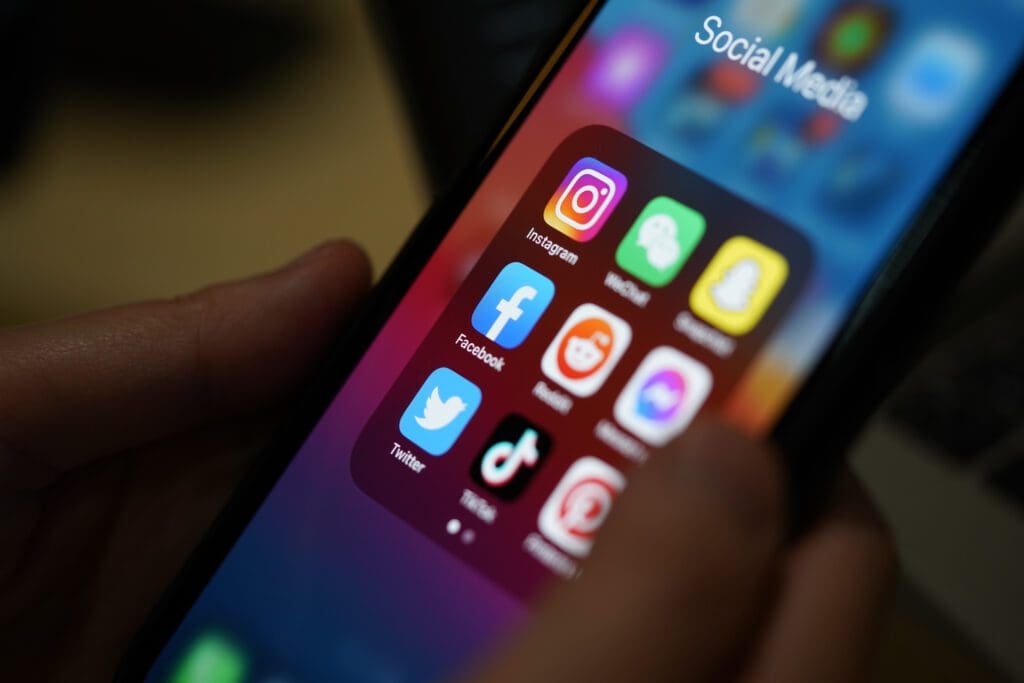Why a Pivot to Video and Developing Long-term Relationships With Influencers Is Critical

“If we don’t take a strong pivot to how to do this with video, we will be very, very behind by next year.”
That’s one of the major conclusions reached by Tatenda Musapatike, CEO of Voter Formation Project, a non-partisan group that encourages electoral participation.
Now, pushing video for outreach might sound like par for the course to most consultants, but in the advocacy space things like billboards and paper documents are still widely used.
In the 2022 midterms, Musapatike’s group used long-term video messaging and a program that got people to fill out forms as a way to get Latinos and African Americans registered to vote at a cost of $30 per registration in targeted zip codes.
“We do not understand the full impact and value of video for basic civic engagement work. I think campaigns lean into that more because it’s candidate focused and you need to build name ID for your candidate,” she said. “But for those of us in the advocacy space and the basic civic engagement space, I don’t really think we’re utilizing video as much as we could, or as creatively as we could given that the future of the internet, if you ask me, is on video consumption across devices.”
The group didn’t use influencers in its 2022 program, but it did use “influencer inspired” videos and promoted those as ads — but is now studying how to engage with them. This is another area where Musapatike sees the industry making some mistakes. Specifically, she believes that it’s a mistake to engage influencers in a “transactional, one-time way.”
“That [strategy] can be great for now,” she said. “But we’re really thinking about how it is that we can steward influencers all year so that we’re not necessarily paying them for content, but rather we’re providing education about issues that influencer, as an individual, cares about so that way they’ll be talking about these things more throughout their content.”
Getting accurate — or on-message — content from influencers can be a concern, but Musapatike says that only because of the transactional nature of the exchange as opposed to it being relationship-based: “You are dealing with people. And let’s be honest, a lot of us aren’t good at dealing with people.”
“This work is so much harder for campaigns that need people to say the exact thing for a number of legal and efficacy reasons, but if you’re in the advocacy space I think the thing that is creating this tension [the concern about messaging accuracy] is the lack of time spent on developing influencers,” Musapatike said. “I think we are approaching this as a very one-time, seasonal transactional thing, but in order for influencers to be able to do this correctly they need a lot of information. We need to be giving them this information over time, in digestible bits — keeping them engaged and interested.”
VFP is out with a new report on its 2022 program that’s available in full here.
